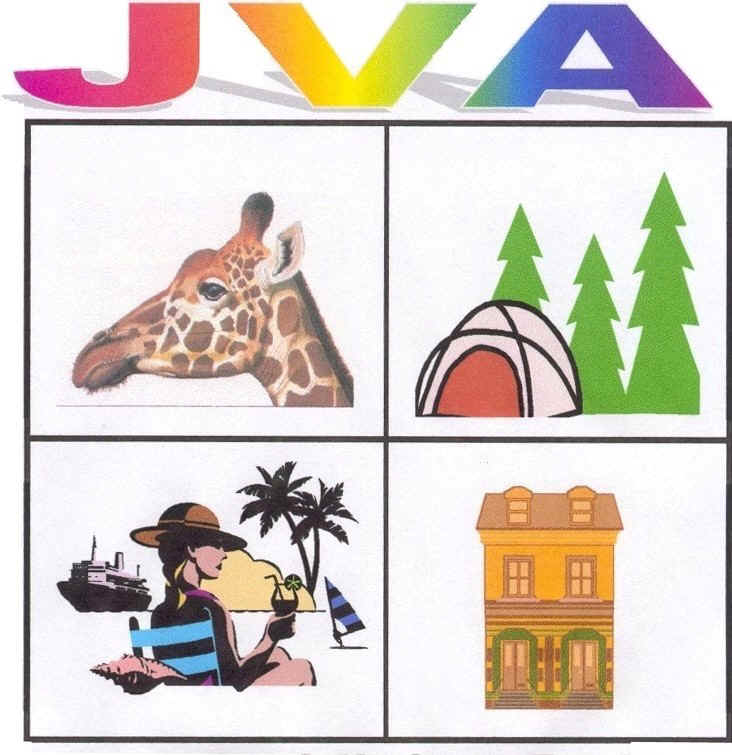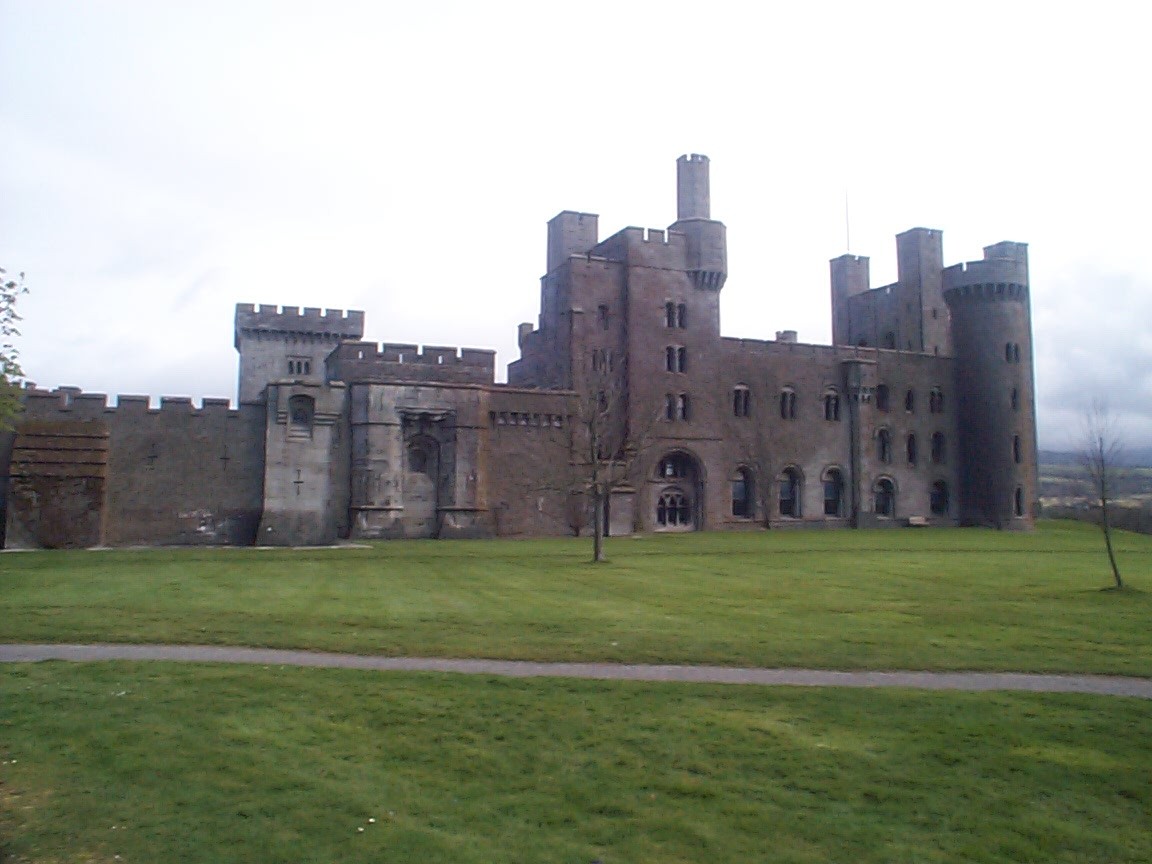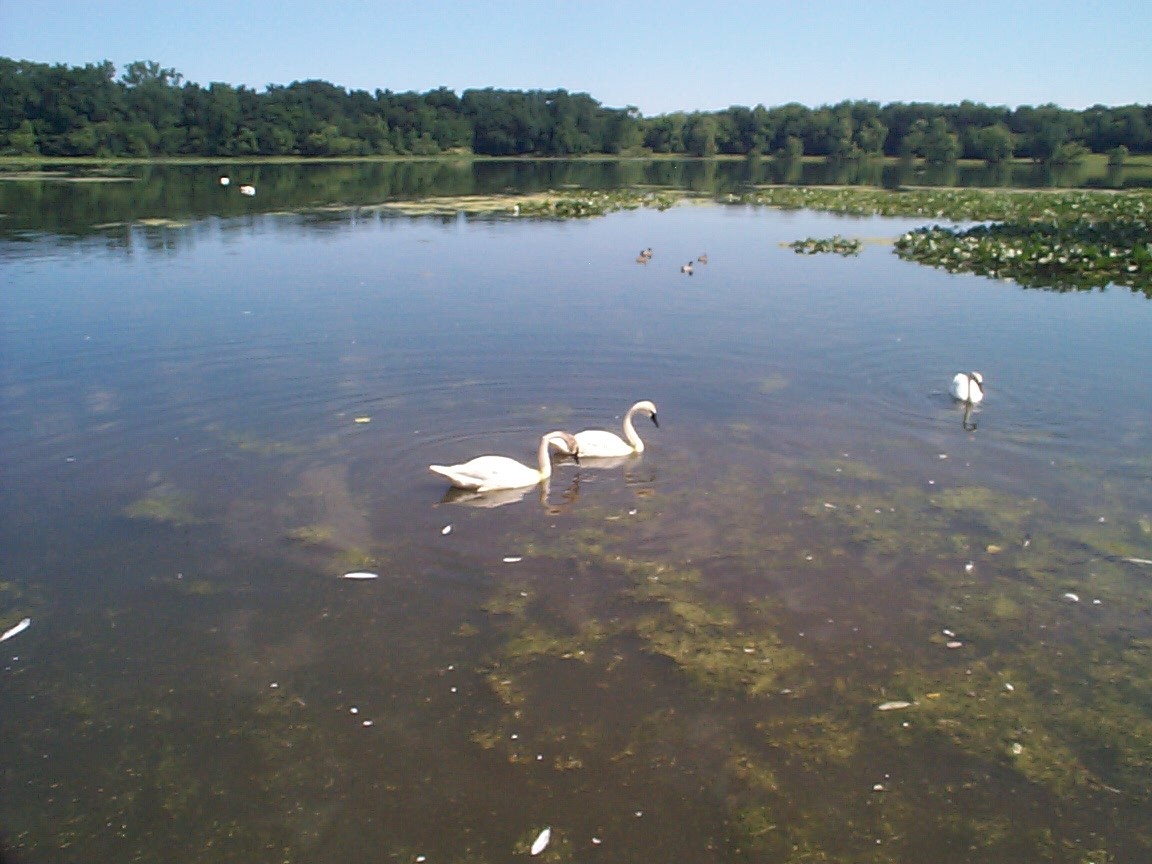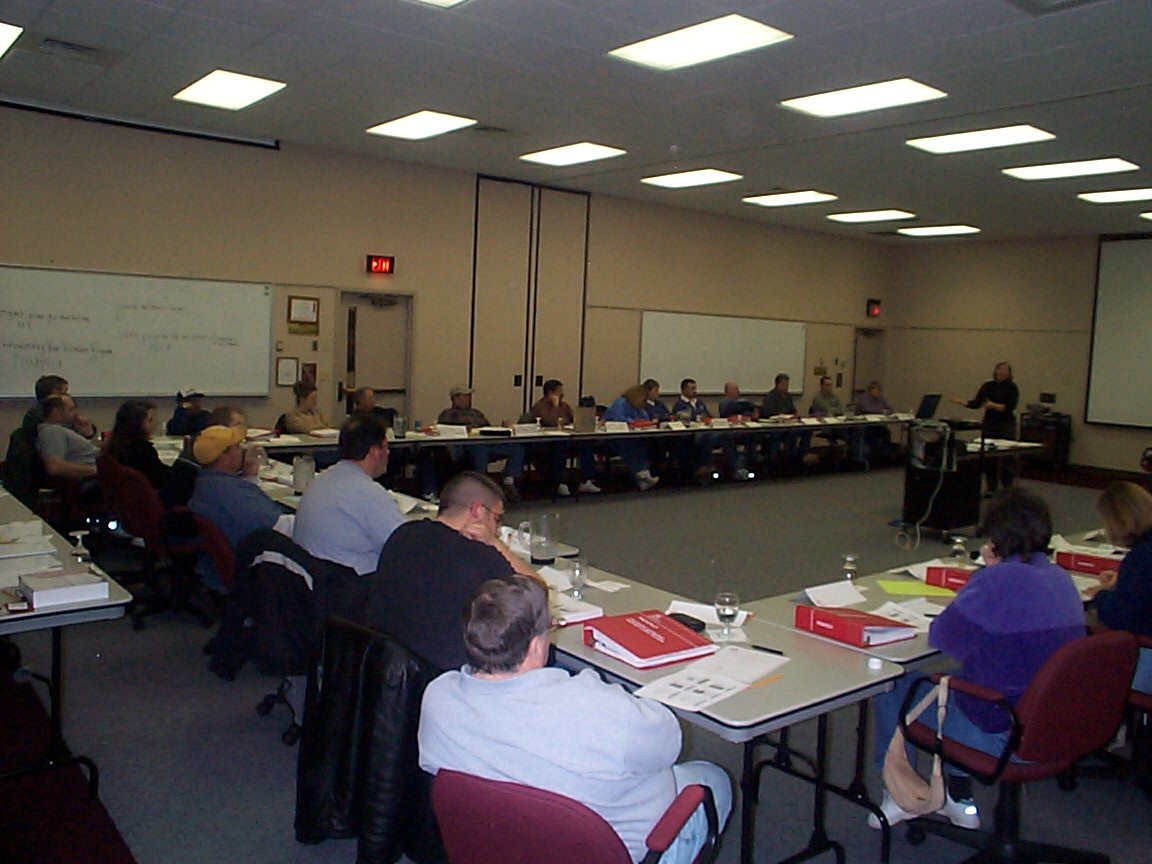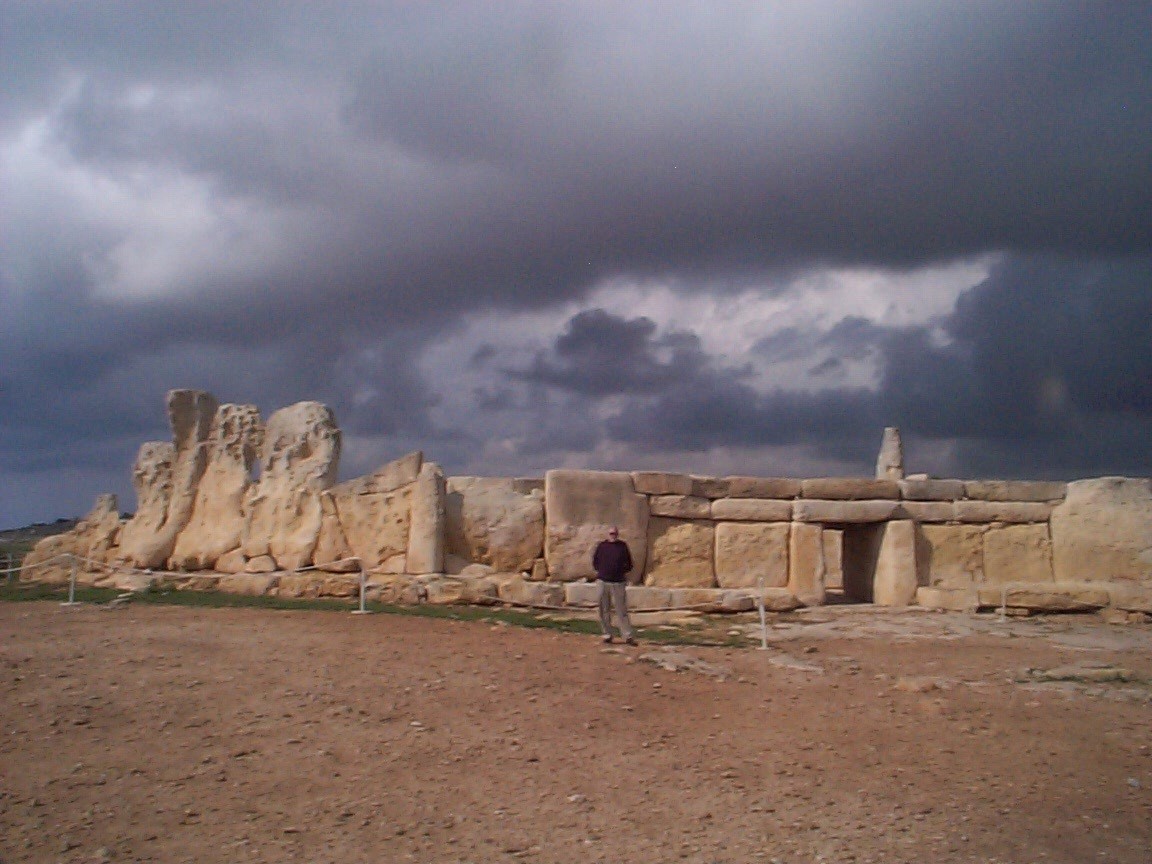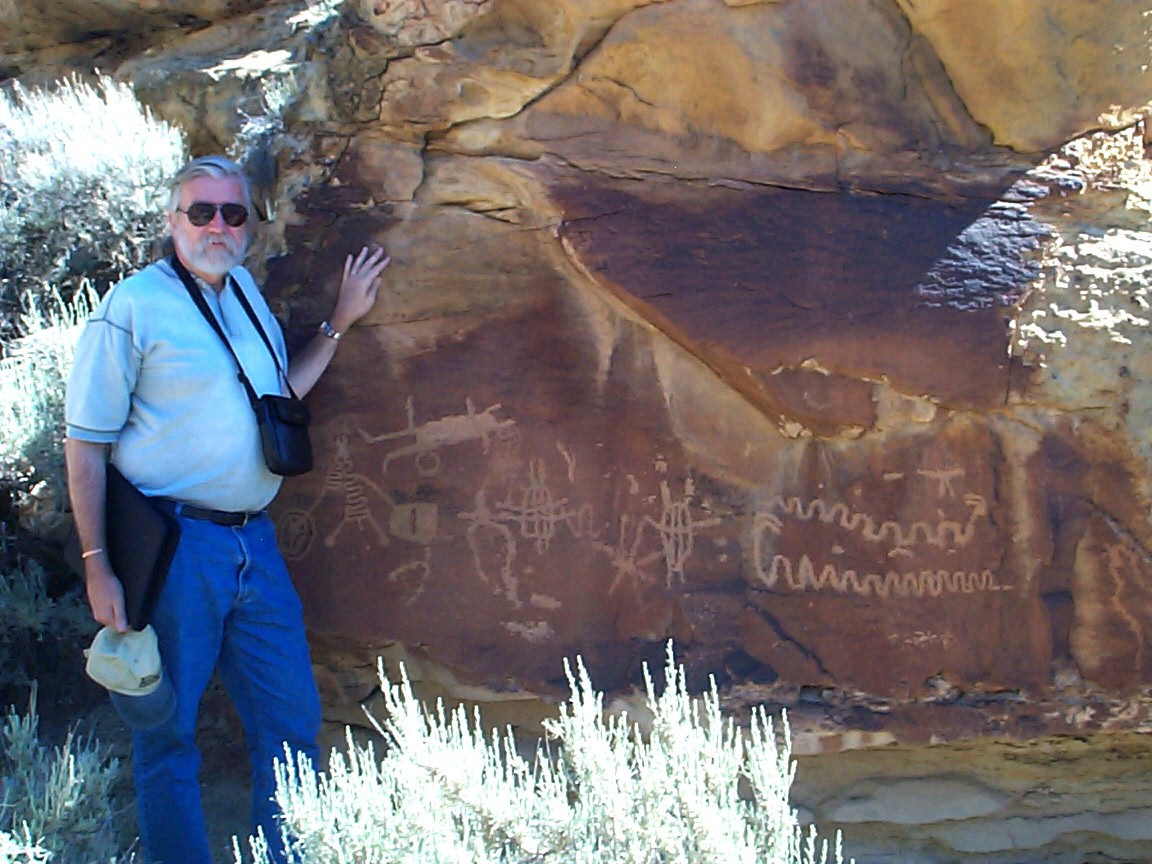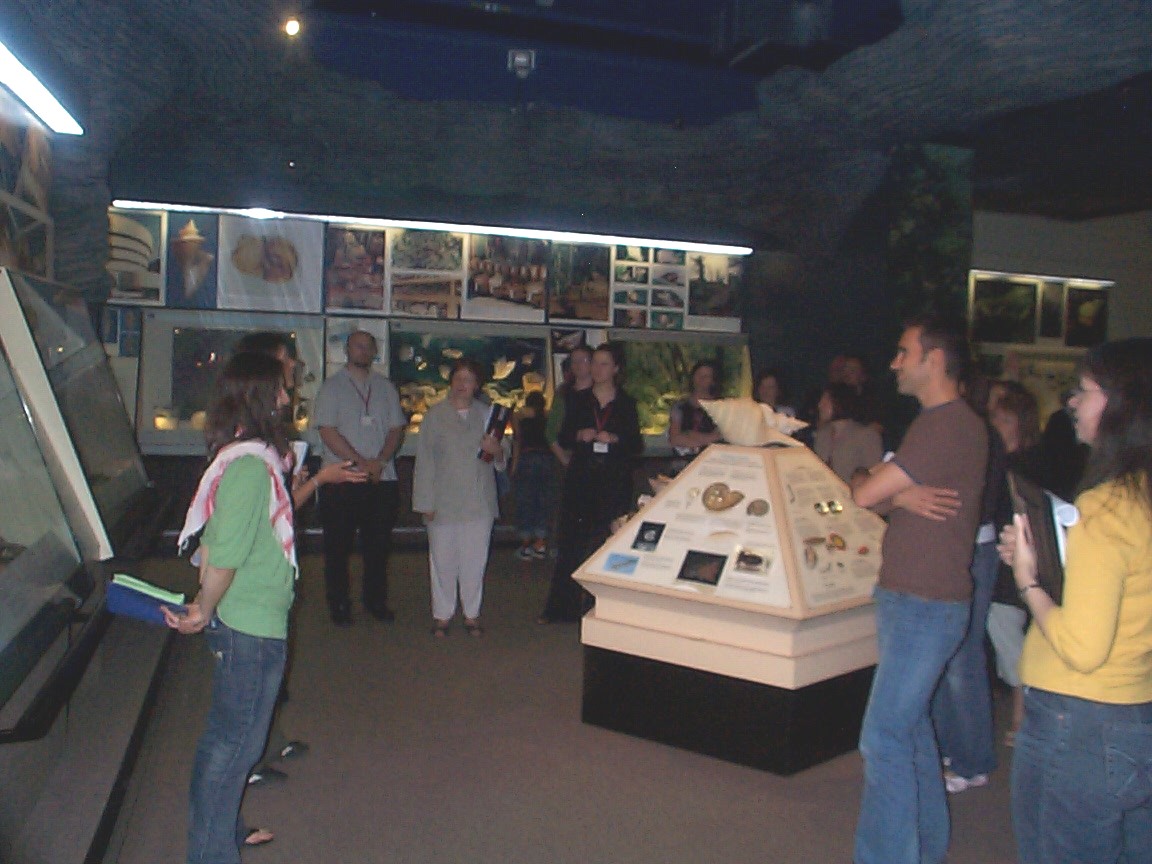|
Qualifications
2011 Projects
2010 Projects
2009 Projects
2008 Projects
2007 Projects
2006 Projects
2005 Projects
2004 Projects
2003 Projects Interpretive
Services Library Interpretive
Planning Scenic Byways Evaluation Links
Text Book
Training Video Home Page
| |
(Note: This paper is from a presentation at the National Scenic Byways Program National
Conference, August, 1999, Louisville, KY).
Why Your Scenic Byway Can’t
Succeed without "Real" Interpretation.
By
John A. Veverka
Heritage Interpretation & Tourism Planner

A Scenic Byway with out interpretation is just "another pretty road"!
At first this may sound dramatic that the success of a scenic byway depends on the
amount of and quality of heritage interpretation associated with it. But that statement is
in fact TRUE!
To byway users, especially those who have driven the route "before" it was
designated a scenic byway, it’s just a road to get to and from someplace. For
potential heritage tourists, it just might be a scenic route – but they will see lots
of those on their trips. So what makes this scenic byway so special? That’s
the job and role of the byway interpretive plan, and byway interpretive media and
services. It is the interpretive communications strategy that will help each visitor
understand the unique and special stories associated with each unique byway.
Interpretation reveals the story of the people, places and events that have occurred, or
are occurring along the byway, and help guide visitors through a living museum of
regional natural and cultural heritage. It changes the byway from being a
"place" to being an edutainment experience. It gives the byway a totally
unique character, personality and life. Without interpretation, it’s just a road!
What is Interpretation?
While you may have heard of "interpretation" and the need for it to be an
essential part of the total byway planning and experience, you may not know exactly what
interpretation, and interpretive communications is.
Interpretation is defined as "a communication process designed to REVEAL
meanings and relationships of our cultural and natural heritage to the public, through
first hand experiences with objects, artifacts, landscapes, or sites".
Information vs Interpretation Most byway "interpretation" is not really
interpretive! It is just "information". Lots of facts, figures, pictures, dates,
or other data arranged and presented to visitors via signage, brochures, cassette tapes,
or other media given to visitors. In many cases it presents "answers to questions
that visitors are not asking"!
Interpretive communication takes the "information" – transforms and translates
the information into "the language of the visitor". To be truly
"interpretive", the message (interpretive panel, brochure, etc.) must follow the
following criteria:
 | The communication must first Provoke the attention or curiosity of the audience. |
 | Relate to the everyday life of the visitor – tell them "why they need
to know this information". |
 | Reveal the key concepts of the message or story through a unique viewpoint –
save the surprise ending or answer for last. |
 | Address the Whole – illustrate to the visitor how each individual stop along
the byway relates to the larger main interpretive theme or educational concept of the
total byway experience or story. |
 | Have Message Unity – the design and presentation of the interpretive media
along the total byway will have a uniformed themed look (design, fonts, historic dating,
etc.). |
Interpretive Planning for Scenic Byways – basic considerations.
In developing an interpretive plan for any scenic byway, the following areas are
essential to the successful communication of the byway story to the visitors.
 | Conduct an interpretive story inventory along the total byway (historic sites,
industrial sites, natural sites and features, historic events, current sites/events of
interest, view sheds, perceptually exciting areas (visitor perceptual psychology), etc. |
 | Develop a main interpretive theme, sub-theme and story line for the byway. This might
include developing a variety of themed self-guiding tours based on visitor interests such
as: railroad heritage stops, historic landscapes, geology tours, industrial heritage
tours, watchable wildlife tours, natural history from the car window tour stops, etc. |
 | Develop very specific learning, behavioral, and emotional objectives that the total
scenic byway tourism/education experience is to accomplish. Then develop specific
interpretive objectives for each individual byway stop. |
 | Audience or market analysis – who are the current or potential byway users or
potential tourists, what kinds of heritage topics would they most be interested in, what
are their travel destinations, why would they want to drive this byway. In any heritage
tourism marketing you only market one thing "BENEFITS". What are the specific
benefits that a byway visitor would get from driving the byway? |
 | Determine the most cost effective interpretive media for the byway: Interpretive Panels
(number, size, locations); self-guiding booklets; self-guiding cassette tapes, step-on
guides for tour busses, etc. |
 | Develop an implementation strategy for the byway interpretation. This would include
costs of media, development and installation times, maintenance or distribution
considerations, etc. |
 | Evaluation – it is important to pre-test any/all interpretive media (panels,
self-guiding booklets, etc.) to make sure that the interpretive objectives are met, and
that the visitors can easily understand, relate to, and remember the information being
presented to them by the media in question. |
You see or hear interpretive communications in use every day!
It is important to remember where "interpretation" and interpretive
communication has its roots. Interpretation communications techniques, principals, and
practices come from the following professions and academic subject areas:
 | Marketing |
 | Advertising |
 | Consumer Behavior |
 | Psychology of the Audience |
 | Non-Formal Learning theories |
 | Recreation Planning and/or historic site planning |
 | And more!!! |
Interpretation and advertising: Based on the above, essentially every
advertisement you see or hear is based on interpretive principles: ads must Provoke,
Relate, and Reveal to the potential user: why they need this product or experience, how
the product or experience will benefit them, and how easy to obtain or inexpensive the
product is in relationship to its benefits. These are the same principals we use in
developing interpretive plans and media. This is how we "market" the byway
experience.
Ten reasons your byway needs "interpretation" to be successful.
Of course this depends on how you define "success". I define success based,
in part, on how well the educational and tourism development objectives are accomplished.
Here are my "ten reasons", not in any particular order of importance you need
interpretation:
- Regional residents/byway users will gain a greater appreciation and pride in their own
local heritage.
- Regional residents may be inspired to take a more active role in the stewardship of
local natural and heritage sites and features.
- Regional residents may take on a individual pride in the byway resource (have a sense of
community ownership in the byway).
- The byway interpretation serves as a "heritage tourism" draw or enhancement to
bring other visitors to the communities, sites or attractions located along the byway.
This may have direct positive economic impact to these communities or heritage sites.
- Visitors will use the byway in a safer and more responsible manner.
- Visitors will have a positive educational as well as recreational experience, learning
more about the natural and cultural history of the region(s) they are passing through.
- The byway interpretation of local natural or cultural history may inspire visitors to
visit other nearby heritage sites – helping regional heritage tourism grow.
- Byway interpretation can increase repeat use of the route for recreation/scenic driving.
- Having a variety of interpretive themes and topics of interest can increase the
marketability or use of the byway by more diverse target market groups.
- Interpretation can present information at a variety of experience and educational
levels, helping to expand the marketability of the byway and its associated attractions.
These are a few of the desired outcomes for a "successful" scenic byway
interpretive program or plan. These outcomes will not happen without
"interpretation"! So as Paul Harvey would say "now you know the rest of the
story" as to why you need interpretation to have a truly successful scenic byway.
References:
Veverka, John A. Interpretive Master Planning, 1994, Acron Naturalists, Tustin, CA.
Veverka, John A. "Interpretive Communications – The Key to Successful
Heritage Tourism Marketing, Planning and Program Design", 1998. Occasional paper
presented at a number of interpretation and heritage tourism conferences in the US, Wales,
England, and Scotland. (This and other interpretation articles are available for
downloading at our LIBRARY found at our web site: www.heritageinterp.com.)
John Veverka, PO Box 189, Laingsburg, MI 48848 517/651-5441 E-Mail: jvainterp@aol.com
|
